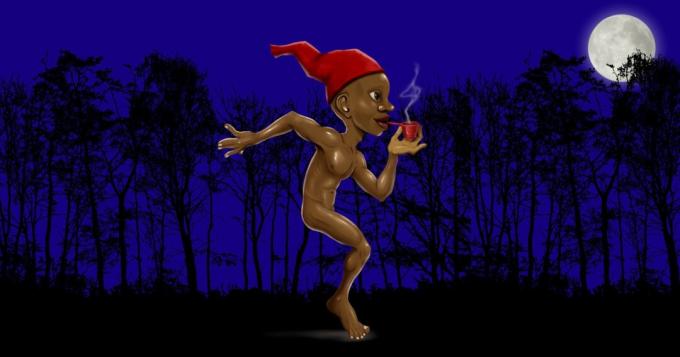Each type of macaroni is distinguished by its function and shape. Long pasta such as spaghetti, tagliatelle or angel hair; short pastas such as penne, screw (fusilli) and tie (farfalle).
There are also oriental noodles such as ramen noodles and rice noodles that use rice flour in place of the traditional wheat flour.
| type of dough | Feature | ideal for | |
|---|---|---|---|
| Spaghetti | long pasta | More traditional, thin and cylindrical shape. |
|
| linguine | long pasta | Shape flatter than spaghetti. |
|
| Tagliatelle, fettucine, tagliatelle and pappardelle | long pasta | Quite flat format. They usually form a nest. They vary according to the width. |
|
| Aletria ("angel hair") | long pasta | Thinner cylindrical nest shape. |
|
| Bucatini ("pierced pasta") | long pasta | Cylindrical shape, thicker than spaghetti and has a hole in the middle like a straw. |
|
| penne | short dough | Short, hollow, pointed shape and with grooves for sauce adhesion. |
|
| rigatoni | short dough | Thick and short cylinders, with groove to adhere to the sauce. |
|
| Fusili ("screw pasta") | short dough | Screw shape (helical). |
|
| Farfalle ("tie") | short dough | Butterfly shape (farfalle, in Italian) or bow tie (hence the nickname "little tie"). |
|
| Chifferi ("snail" or "elbow") | short dough | "L" shape, cylindrical and hollow. |
|
| rice noodle | eastern pasta | Format similar to talharim, pasta made with rice flour. |
|
| ramen | eastern pasta | Thin and curly format, quick cooking. Known as miojo or oriental noodles. |
|
| Ravioli | stuffed pasta | Pastry shaped, stuffed with meat, cheese or vegetables. |
|
| Capeletti and Tortellini | stuffed pasta | Stuffed dough with a square or triangular closure and joining the ends in a ringed shape. |
|
| Jiaozi | stuffed pasta | Dough stuffed in pastry form, can be boiled or fried. |
|
The different types of pasta are produced using a dough made from wheat flour or semolina and water. Some types of pasta can have eggs.
long pasta
Long pasta noodles, in general, are accompanied by not very thick sauces. As it has a large contact surface, it should be served with more liquid sauces that can adhere better to the pasta.
Spaghetti
Spaghetti is the most traditional type of pasta. It has a cylindrical shape and is made from a mixture of flour and eggs. with its thickness, being classified by a numbering in which the numbers 7 and 8 have the thickest common.

Spaghetti is the most versatile type of pasta, despite being a long pasta pasta, it is found in several preparations. It is the preferred type for traditional pasta.
In addition to traditional sauces, it is suitable for salads, starters or just cooked with garlic and oil.
linguine
Linguine, unlike spaghetti, is not as cylindrical. Its format is a little flatter, but in general, they fulfill the same function.

Tagliatelle, fettucine, tagliatelle and pappardelle
These types of long pasta noodles have a flat structure and vary in width.

This type of pasta is indicated for light sauces, as they adhere very well to the pasta.
As for the width, in general:
- Tagliatelle - 0.3 cm;
- Fettuccine - 0.5 cm;
- Tagliatelle - 0.75 cm;
- Pappardelle - 1.3 cm.
Vermicelli or angel hair
Noodles like vermicelli, or angel hair, in addition to being widely used in soups, are also the basis of a sweet that bears its name (vermicelli).

Bucatini, the "pierced pasta"
Bucatini is an adaptation of spaghetti, it has a cylindrical shape, but like some short pasta, it has a hole in the middle, suitable for the sauce to penetrate.
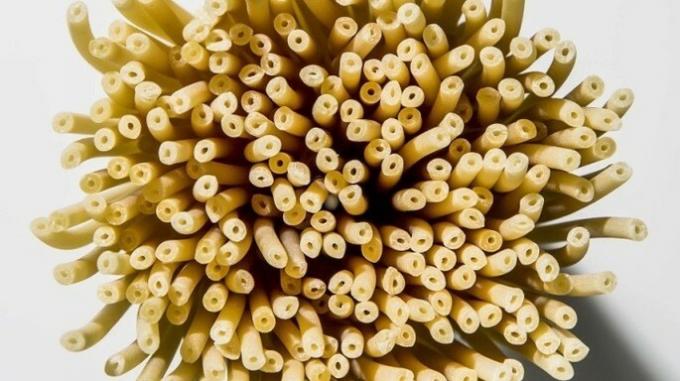
Short Pasta
Short pasta is suitable for thicker sauces or with pieces of ingredients that can get into their cavities. Here are some examples.
penne
Penne is a popular example of short pasta. It has side grooves, a skewed tip and a space inside for thick sauces to penetrate.

rigatoni
Similar to penne, rigatoni has the appearance of a piece of pipe, can have grooves to adhere the sauce and varies according to its diameter.

Fusilli, screw pasta
Screw pasta (fusilli) is a short pasta with a spiral shape (resembling a screw). It is ideal for lighter preparations, such as salads.
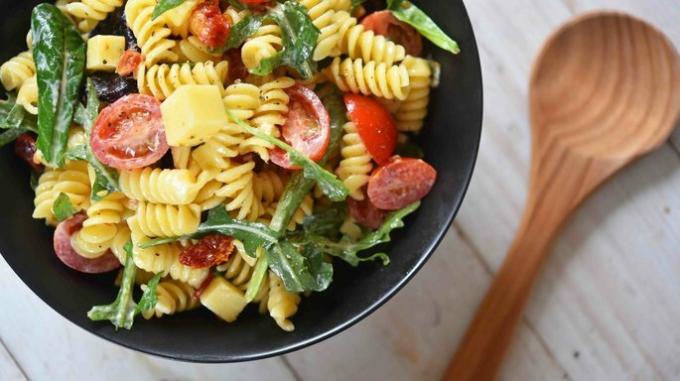
Farfalle, "tie pasta"
Farfalle, or "little bow tie pasta", got its name from its shape that resembles a bow tie. In Italian, farfalle means, properly, "butterfly". To achieve this shape, the still fresh dough is cut into squares and the sides are joined to the center.
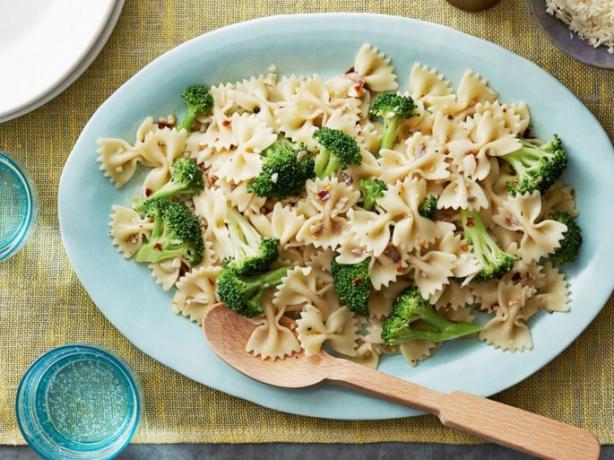
It is a very versatile type of pasta, it can be used like penne, in thicker sauces or in salads like "screw".
Chifferi, snail or elbow
With many names, the chifferi has the shape of a curve. It is very famous in the United States for being the very popular noodle mac and cheese (macaroni and cheese).

In Brazil, this type of pasta is known as snail or elbow macaroni.
oriental pasta
According to historians, macaroni originated in China and was popularized in much of Asia before reaching Europe. As in Italy, oriental pasta has many formats and different ways of preparation.
However, two types of pasta are popular in Brazil.
Rice noodle
Rice noodles are shaped very similar to noodles, but after cooking, they become translucent, giving the dishes a special look.
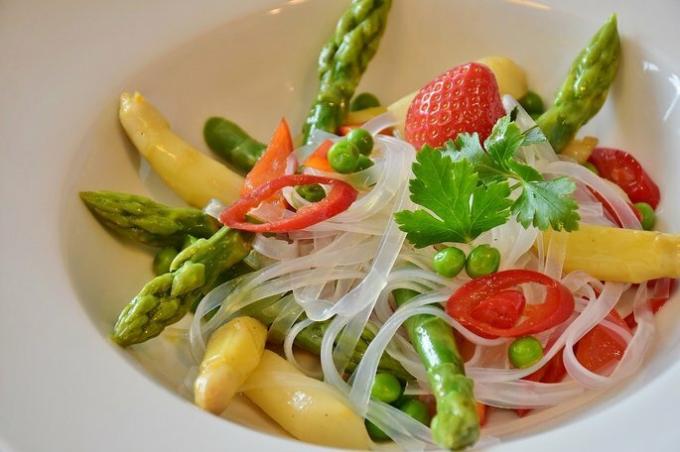
People who follow some diets prefer rice noodles because of their higher nutritional value compared to traditional pasta.
ramen noodles
Ramen noodles are very popular in Brazil. Known as miojo or oriental noodles, its short cooking time (3 minutes) made it a favorite among people who want quickness and convenience.

stuffed pasta
Some doughs are made normally, but are used to enclose some kind of filling before being baked.
Ravioli
The ravioli can be square or pastel-shaped. Ravioli can be stuffed with meat, fish or vegetables and given a sauce on top before being served.
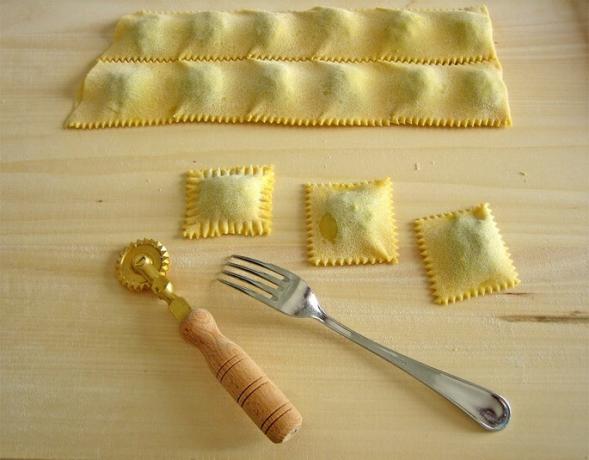
Capeletti and Tortellini
They are stuffed pasta like ravioli, but to close them, join the ends forming a circle. Despite the very similar appearance, capeletti is traditionally stuffed with Italian cheese.

Jiaozi
China also has its version of stuffed pasta. The guioza is stuffed with meat or vegetables and watered with a sauce based on soy sauce.
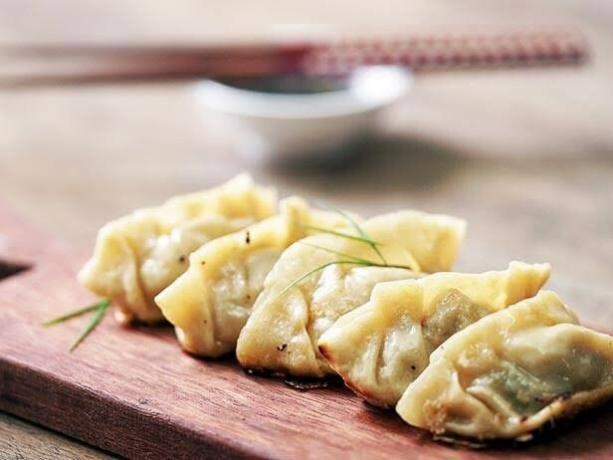
See also the difference between:
- types of sushi
- types of carbohydrates
- greens and vegetables


